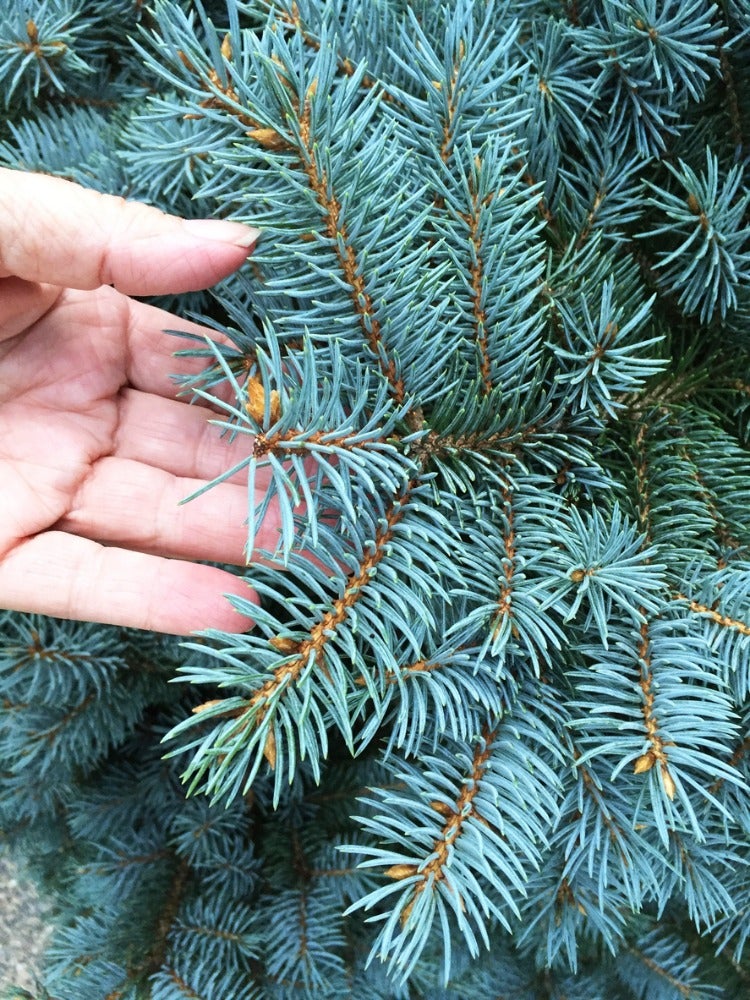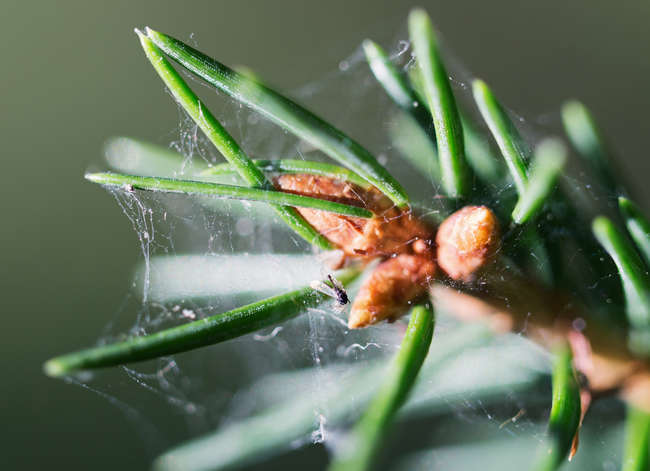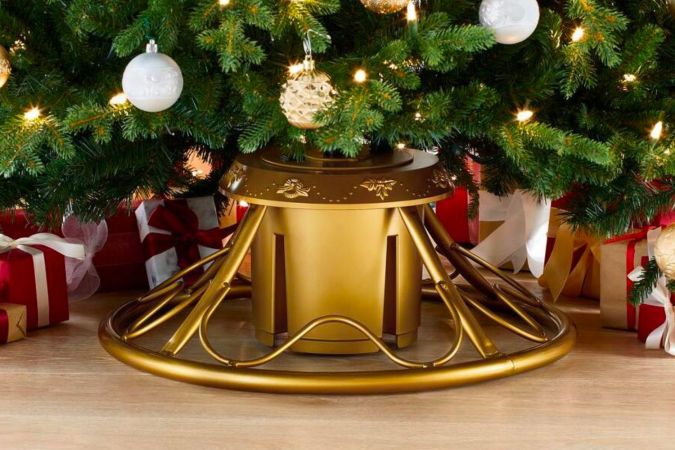We may earn revenue from the products available on this page and participate in affiliate programs. Learn More ›
Is Your Christmas Tree as Healthy as It Can Be?

A Christmas tree transforms your home into a magical wonderland. But all this splendor comes at a price. You spend hours stringing lights and putting up decorations. You may even have to move furniture to make room for it. With all the work and love you pour into your Christmas tree, you want it to stay healthy and attractive all season long.
There’s a chance, however, that you’re not the only one admiring your Christmas tree. Behind all those ornaments, lights, and tinsel, pests might be crawling all over its branches, laying eggs and spinning webs! To keep your tree in tip-top shape throughout the holidays, learn how to identify common Christmas tree pests and how to prevent them from catching a ride into your house.
Pest Prevention: Shake Your Tree

The first step in preventing pests from infiltrating your tree and wreaking havoc on your home is taking precautionary measures while your tree is still outdoors. Be sure to vigorously shake your tree before bringing it inside. This will remove not only hidden pests, but also loose pine needles and dirt.
Related: 10 Things You Should Know Before You Cut Down Your Own Christmas Tree
Inspect It for Adelgids

The preferred food source for these tiny insects is the sap of conifers like firs and pines—in other words, trees of the Christmas variety. Look for cotton-like wax filaments resembling a dusting of snow on the trunk and branches of your tree.
Inspect It for Aphids

Aphids are common plant pests that can also infest Christmas trees. They’re close in appearance to ticks, but with six legs instead of eight. Aphids can be black, brown, red, or green, and may even have wings! Look for them on the lower boughs of your tree.
Inspect It for Bark Beetles

These pesky beetles create minuscule holes in branches and on the trunk, and they leave sawdust-like debris around the bottom of the tree. Bark beetles can be red, brown, or black, and they’re as small as a grain of rice!
Inspect It for Mites

Yet another tiny pest, mites can cause premature needle drop, and they leave behind small red stains on ornaments, the tree skirt, or carpet. Mites like to cling to trees and prey on the eggs of insects.
Inspect It for Spiders

Like mites, spiders are attracted to Christmas trees for the abundance of tasty insects they offer. Check your tree for their webs, which they use to catch their prey.
Related: How to Get Rid of Spiders
Inspect It for Pine Needle Scale

A common pest on pine, pine needle scale can infest your tree and cause needles to fall prematurely. Look on the tree’s needles or branches for the white scabs, or scales, that protect the insect and its eggs. If the egg sacs hatch, you’ll also notice small red bugs.
Inspect It for Psocids

These tiny insects infiltrate trees in search of fungus, mold, pollen, or dead insects to eat. Also known as bark lice, psocids are typically gray or brown in color.
Prune Your Tree

When you’re inspecting your tree, pay special attention to the trunk and the undersides of branches. Prune any dead branches and those that show signs of pests.
Related: The Tree-Free Christmas: 14 Alternatives You Can DIY
Let Your Tree Sit in the Garage

After you’ve shaken it out, inspected it for pests, and pruned away any predators, place your Christmas tree in the garage for 48 hours or more. This will give hidden pests a chance to awaken from their dormancy and leave the tree. Be sure to clean up any fallen pests in your garage.
Sprinkle with Diatomaceous Earth

Once your tree is pest-free, treat it with a pesticide alternative like diatomaceous earth. Sprinkle it generously, let it sit for an hour, then shake off the excess. You can now bring your tree inside, drape it with decorations, and spend weeks admiring it, confident that it won’t fall victim to wayward creepy-crawlies.
Related: Christmas Miracle: 8 Simple Fixes for All Your Tree Troubles
















